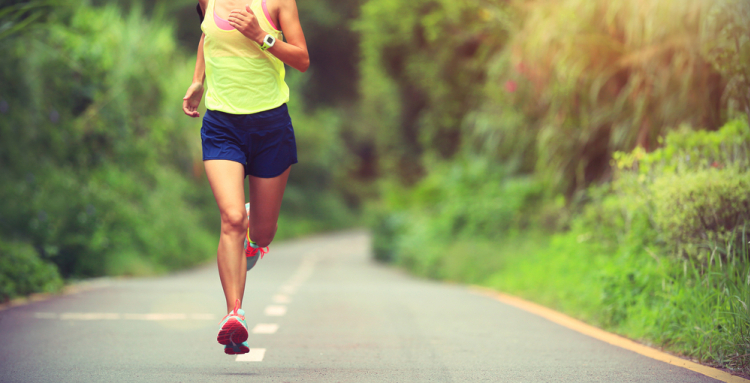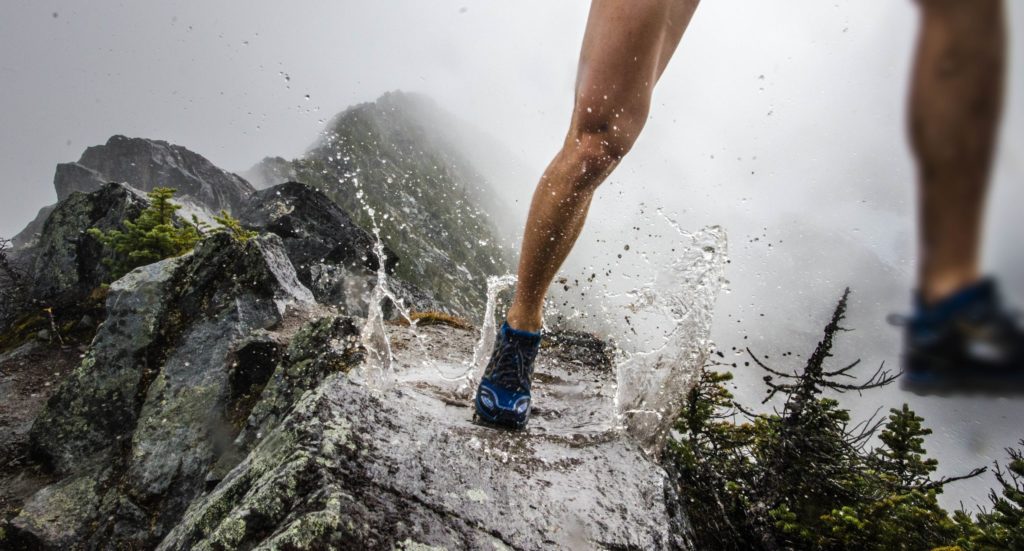JOURNAL.
Articles, Tips & Tools for an abundant life
Overuse injuries (RSI)
By Dr Fauntine Lariba (Osteopath)
Overuse injuries (RSI) are common and can present in various ways. Often relative rest is required but how can we stop overuse injuries from recurring after the restful period? To answer this we need to have a look at movement patterns and habits.
Building skills & solving problems
Every day our nervous system is fine tuning a series of movement patterns. If we dedicate time to fostering a skill, like running a race, we will eventually get better at it. The body is constantly problem solving and discovering what works and what doesn’t. So that when we make mistakes like tripping on a pot hole we can learn and not repeat that mistake in the future. But sometimes the solutions that our bodies adopt don’t serve us long term…

Whatever works
Our body is clever, it doesn’t spend time thinking about the optimal or safest way of completing a task. Instead it will follow the path of least resistance. With our running example, the body doesn’t pay attention to how we run as long as we get to the finish line. If that technique is seen as the easiest way to complete a task the body will remember and continue with this one particular pattern, even if this running technique is sub optimal, for instance, causing undue strain on the knees.
Variety is important
Overuse injuries will arise if we continue to follow the one easiest path. That single path becomes overused and under rested. The exact same tissues are subjected to the exact same stress and are not given adequate time to recover.
More is more
With deliberate practice we can give the body a greater variety of movements to reduce tissue specific strains. With our running example, we may need to practice running on different surfaces, in different directions, at different speeds, grades (up and down hill) and in different footwear so that the body learns to stabilise in various environments. Or even running in different directions like in a game of touch rugby to put different pressures on the body. You may even seek out a movement that doesn’t even resemble running, such as cycling, to build strong quadriceps muscles to protect the joints from injury (while still training your cardiovascular system). Or strength training, using squats to enable you to move your hips through a full range of motion under load.
All of the above will teach the nervous system how to use these unfamiliar pathways until it learns that there are other equally viable options outside of the familiar dysfunctional running gait that it is accustomed to.

Positive experiences
Using these unfamiliar pathways needs to be a positive experience otherwise the body will not accept them as viable options. Sprinting uphill is a good example as there’s less load on the joints and it forces good technique (high knees strong drive) which usually leads to a positive (if strenuous) training experience. This can be contrasted to sprinting downhill whereby we are absorbing a lot of impact and which may exacerbate joint pain, leading to a negative experience. The positive and negative experiences are mentally noted and one will prompt better running gait on the flat while the other might discourage you from running altogether. Once again, our body is clever and will avoid pain when given the option.
Variety is the spice of life
After a period of positively reinforced practice the body will reach a point whereby it naturally seeks variation. In our running example the varied conditions would cause a variation in the type of stride, variation in the stresses and build functional strength that would help prevent an overuse injury.
Overuse injuries (RSI) should not simply be rested. A period of relative rest will be indicated and ideally paired with an assessment of movement patterns. Variation will be important and in the long run will be instrumental in avoiding injury. This will allow you to maximise the time available to train whatever the skills and attributes you want to develop.
Submit Form
email: hello@thealife.com.au
The A Life
We can't wait to hear from you
For further enquiries please get in touch with us via email or just fill out the form below.
ADD A COMMENT
September 21, 2020